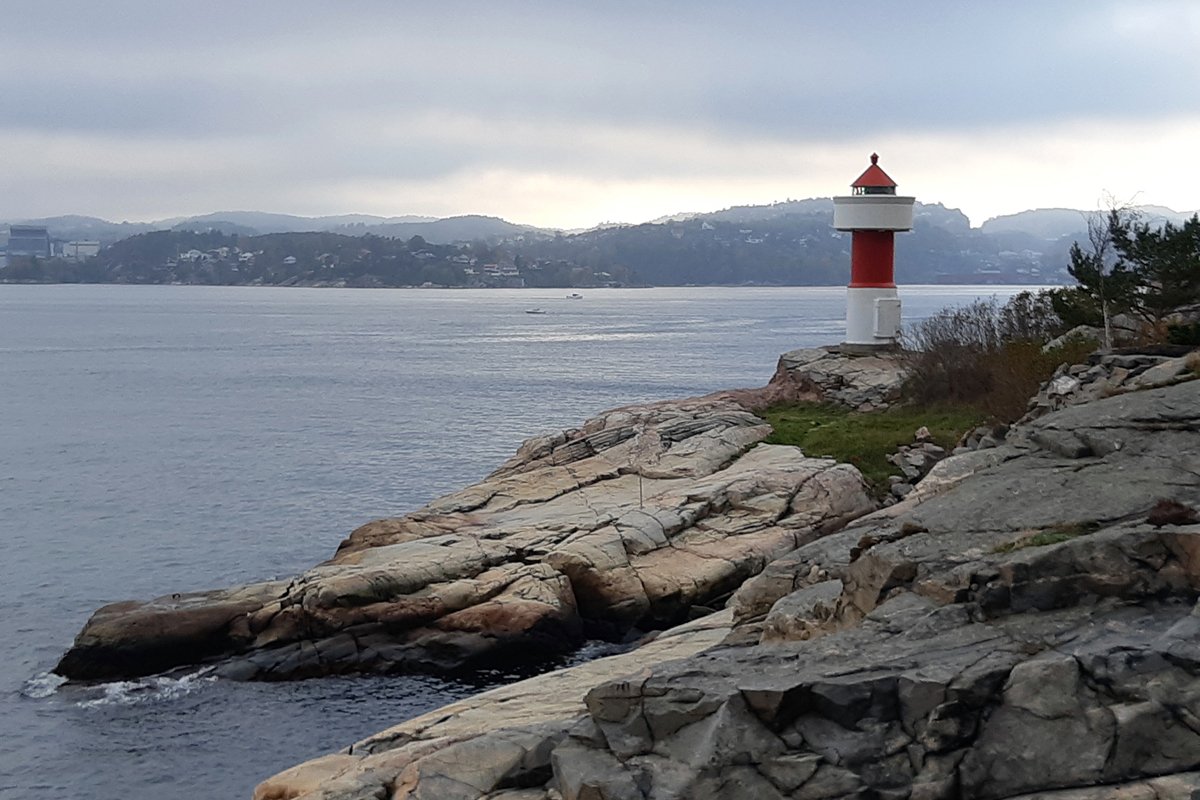
I often take the opportunity to take a walk around Odderøya. It's only a short walk from my work in the center of Kristiansand. Odderøya has become a great recreation area with interesting traces of the island's long military activities and of what became the largest quarantine station in Northern Europe at the time when cholera flourished. Today it's a place to enjoy history, nature and the work of the artists who has established themselves in the old buildings.
Just over a week ago, I took a walk after work all the way arround the island to the southern tip of the island and the lighthouse. That day I did not think about infectious diseases or drew any parallels to quarantine or isolation due to the infectious disease .The Corona situation was not on my mind as it had't spread that wide yet. One week later as I write this, the situation has complety changed. The history of Odderøya gives me assosiations to the situation today.
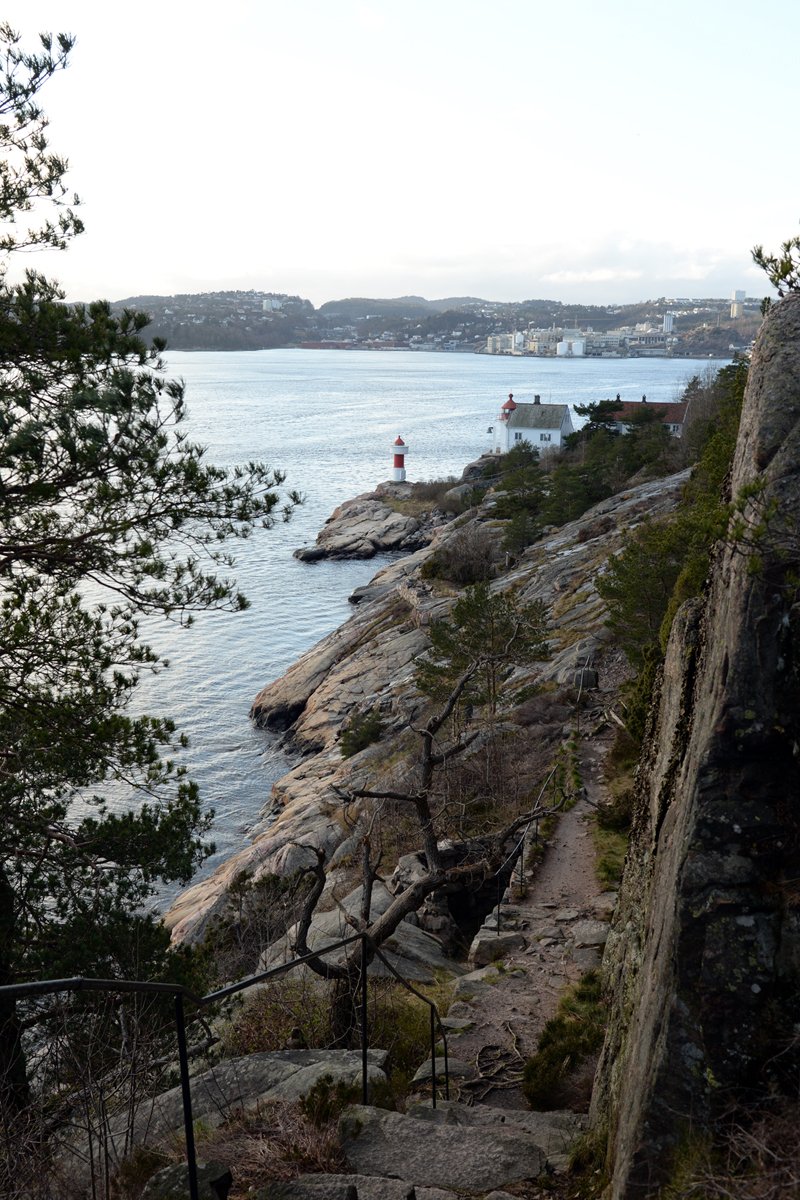
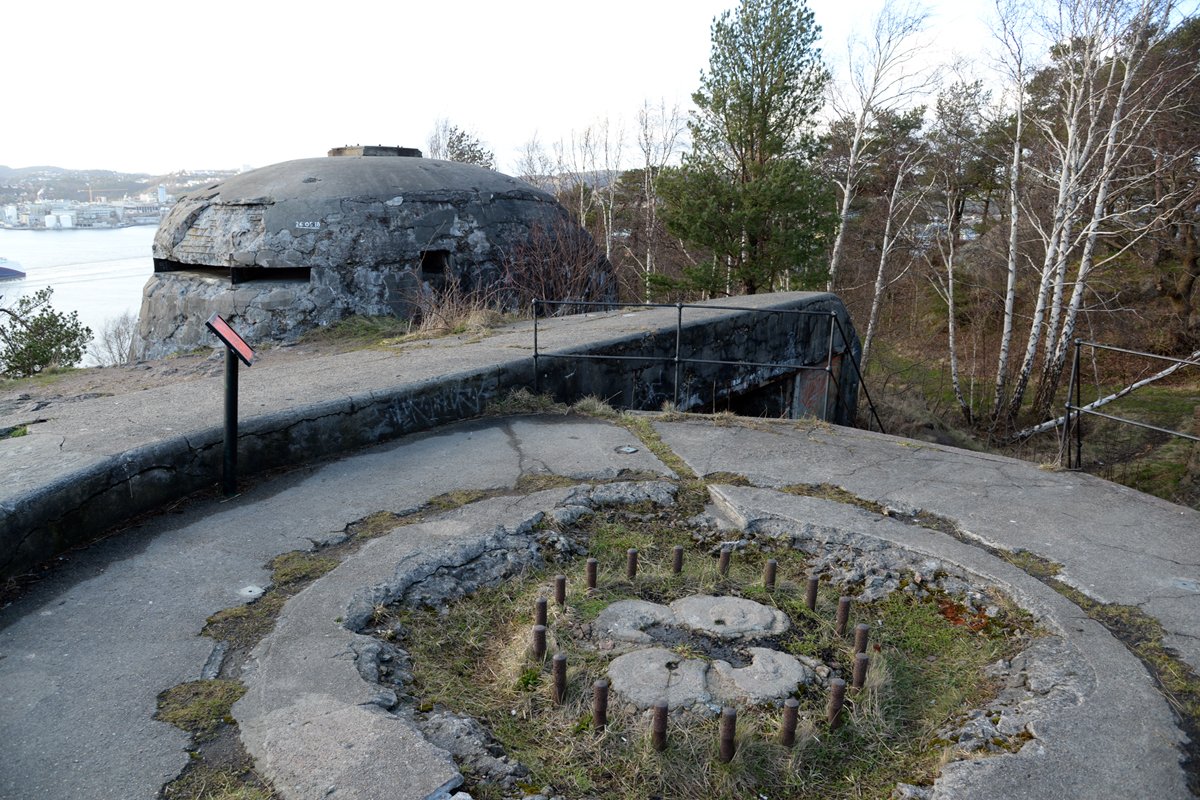
Odderøya is an island connected to the mainland and the city of Kristiansand with several bridges. For long periods of time the island has been closed to the public because of the military activity that lasted from 1667. There are traces of the Great Nordic War, the Napoleonic Wars and WWII.
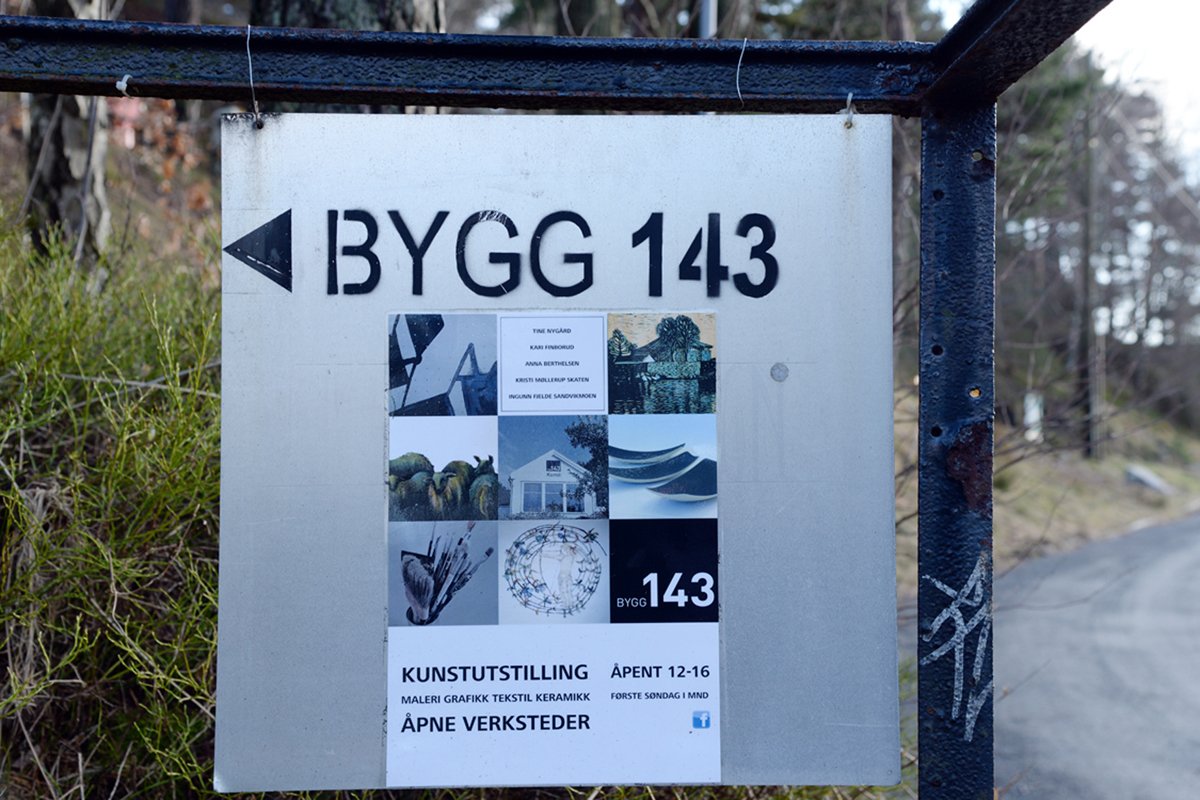
The trails you can follow around the island are marked with maps and information about the history. It was not until 1992 when the military was closed down that the area was opened to the public. You will also see signs telling you about the galleries and exhibitions.
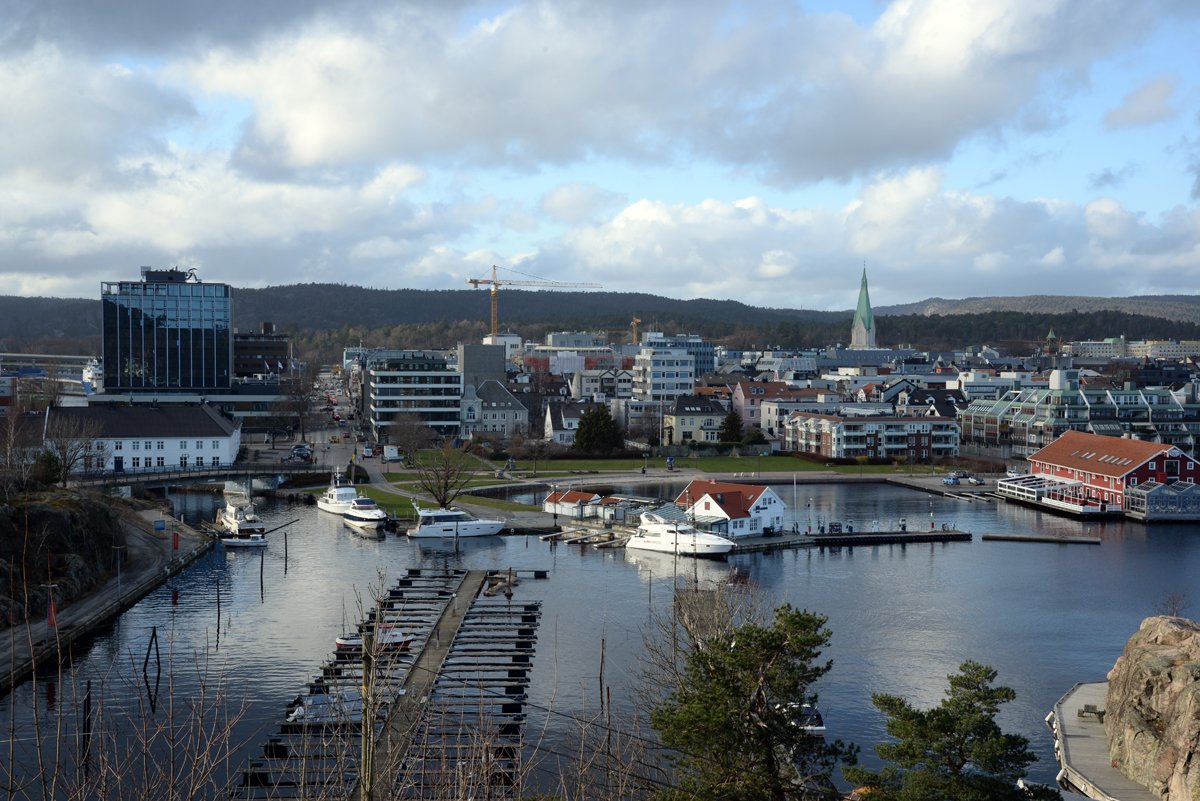

The view from «Lasaretthøyden»
In 1796, it was decided that Kristiansand had the best location for a quarantine station. Ships from the most common plague ports came by and the town had a fortress and a garrison that could help with the security. Cholera was one of several dreaded diseases of the 19th century. In many cities, major epidemics occurred and it was therefore important to prevent ships with disease on board from spreading. Kristiansand was centrally located on the trade route between the Baltic Sea and the North Sea. That is why it's no coincidence that in 1804 a quarantine station was established here. The station was used by ships from several countries and in operation until 1914.
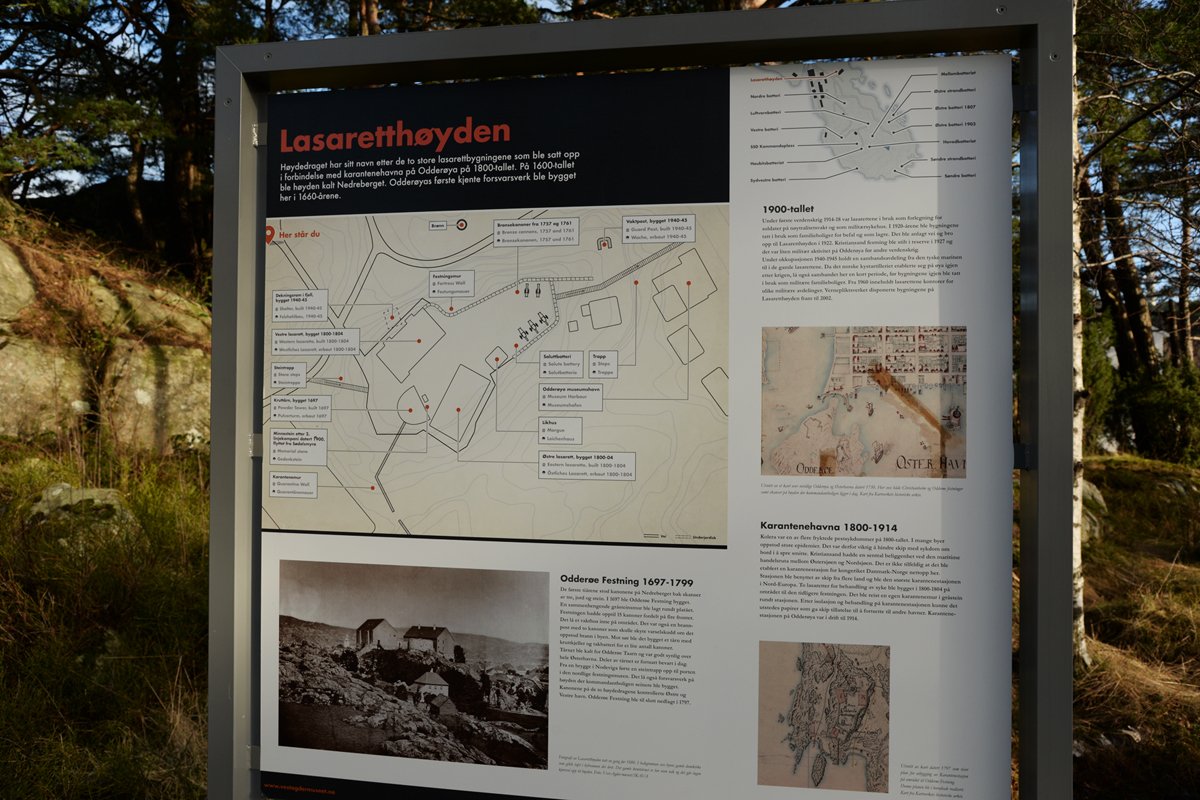
«Lasaretthøyden»
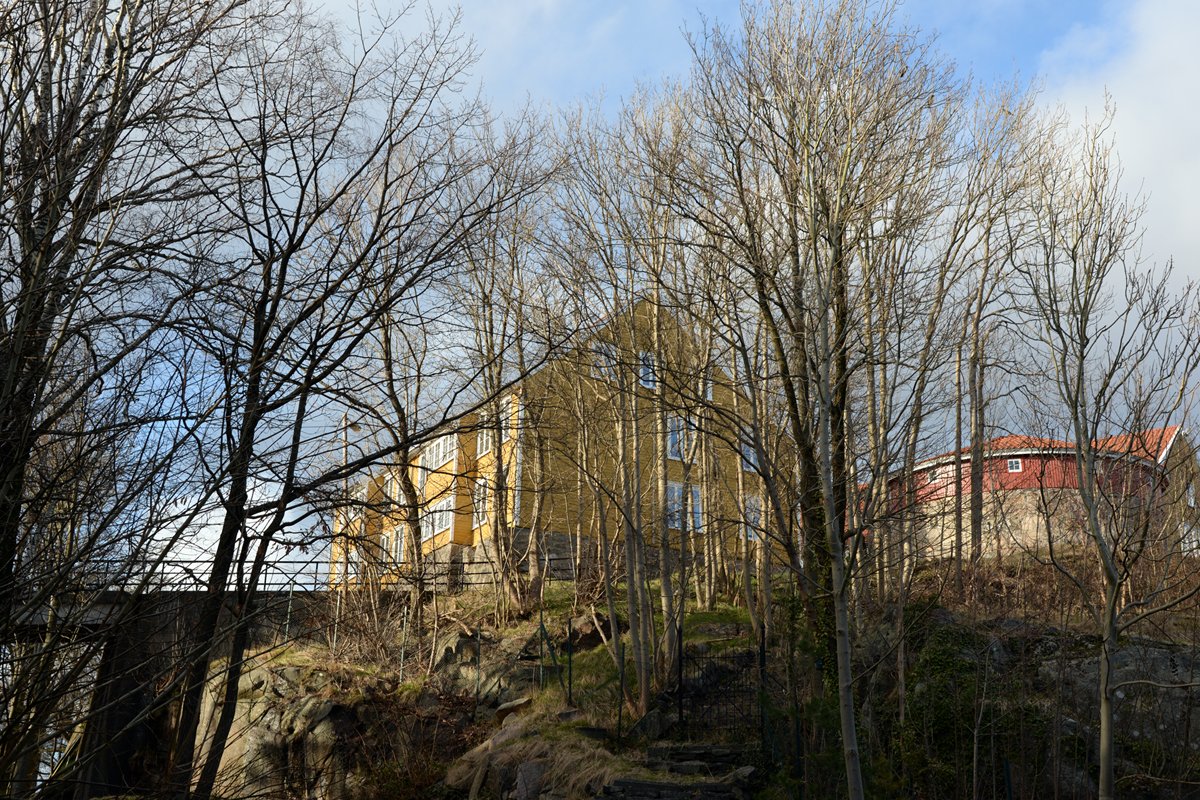
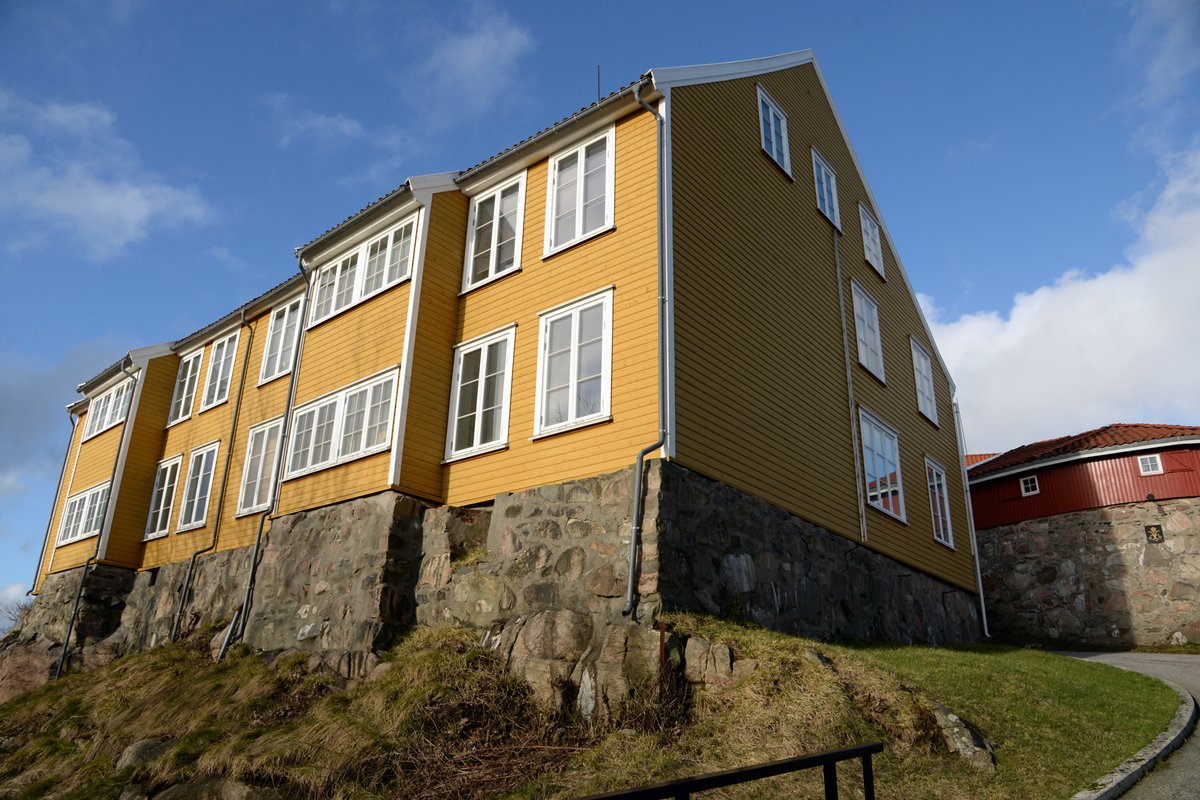
The buildings that were built for treatment at the site on the island are called the «Lasaretthøyden». These buildings are some of the oldest on the island and had enough place to care for around 250 people. For the sake of isolation, a wall was built from the quarantine port up to the buildings.
These buildings were placed on a higher location than the other houses in the city because it was believed that disease transmission was due to the rising of harmful gas. When a ship arrived it was examined in order to know where the cargo came from. It was death penalty for a skipper who concealed that he had received goods or persons from an infected ship. At times this place was very busy and it was often difficult to keep track of the seafarers who were in quarantine. The quarantine station was close to the city and after months aboard a boat they were eager to get to town. That's why a wall was built and the military on the island had their hands full to keep them within the walls! But after treatment and isolation at the quarantine station, papers were issued that allowed the ships to continue.
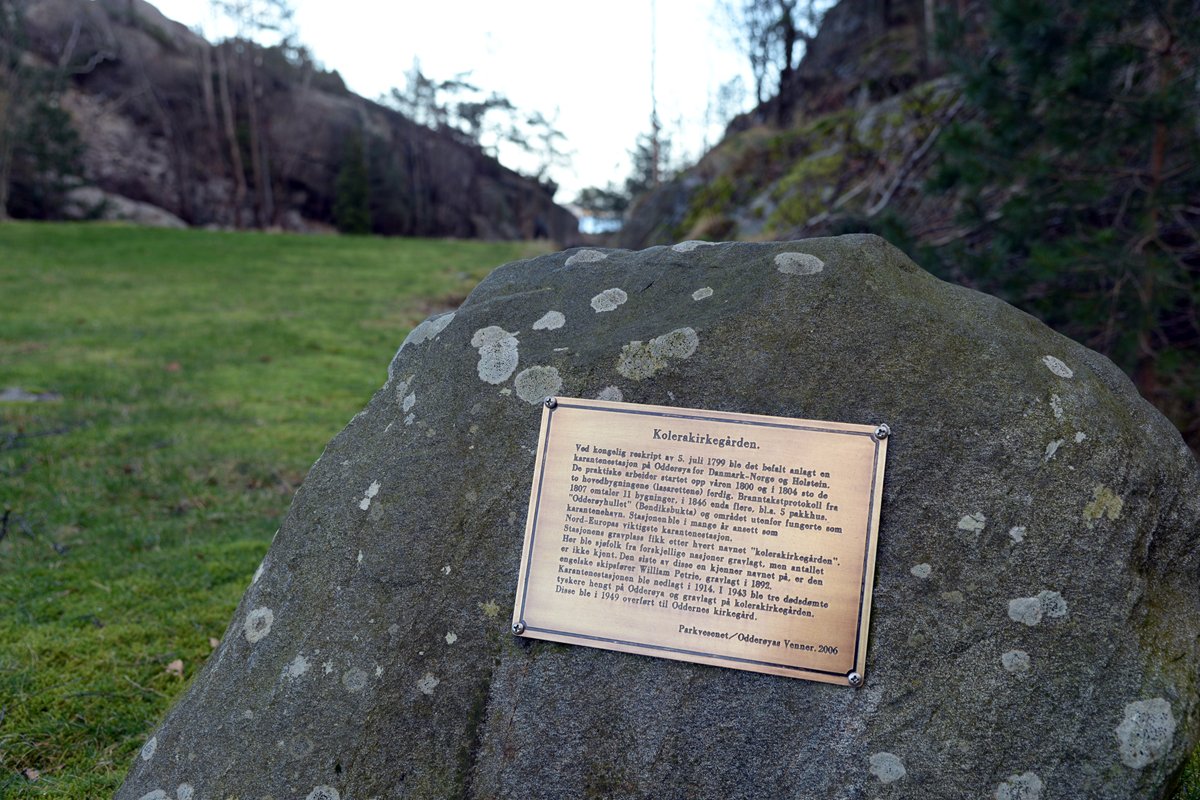
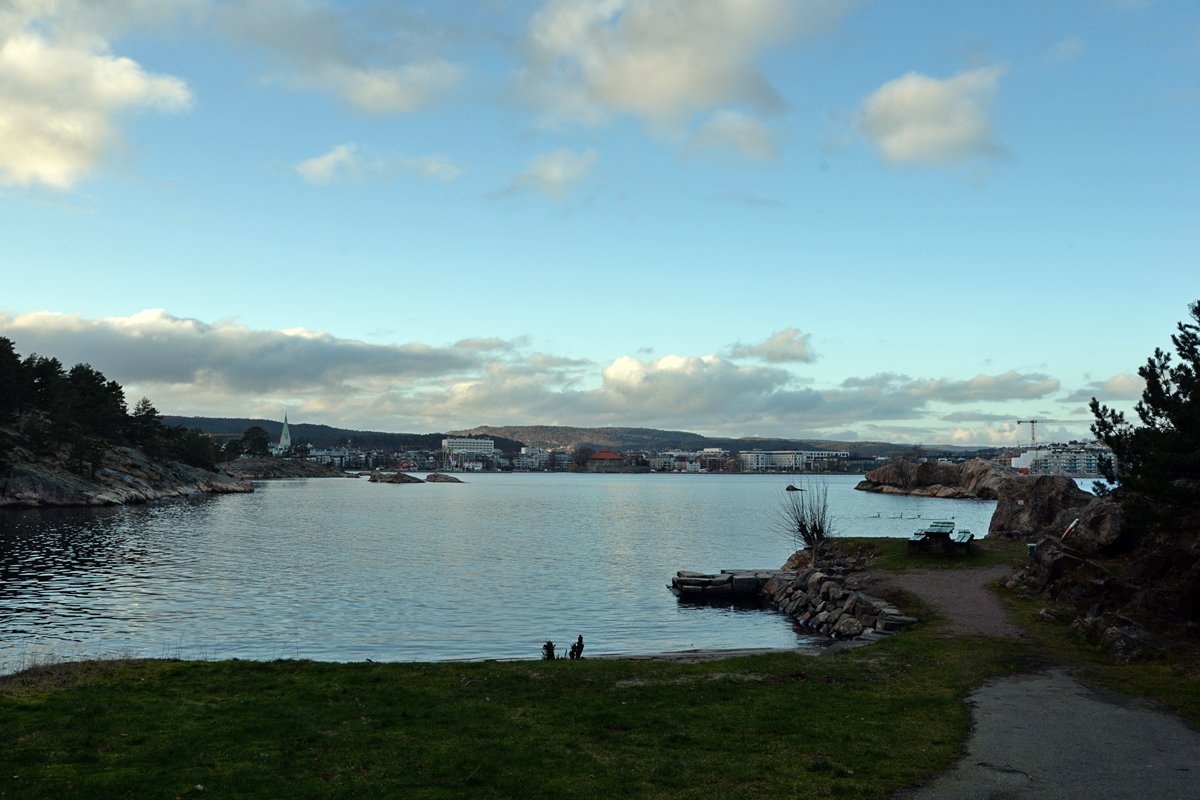
«Kolerakirkegården» / Cholera cemetery
Because of this quarantine business Odderøya got its own cholera burial ground which was called Cholera cemetery. This stone marks that this was the place. The last to be buried here was the Englishman William Petrie who died in 1892. As you can see on the photo above, the graveyard was placed by the beach with the view of the city.
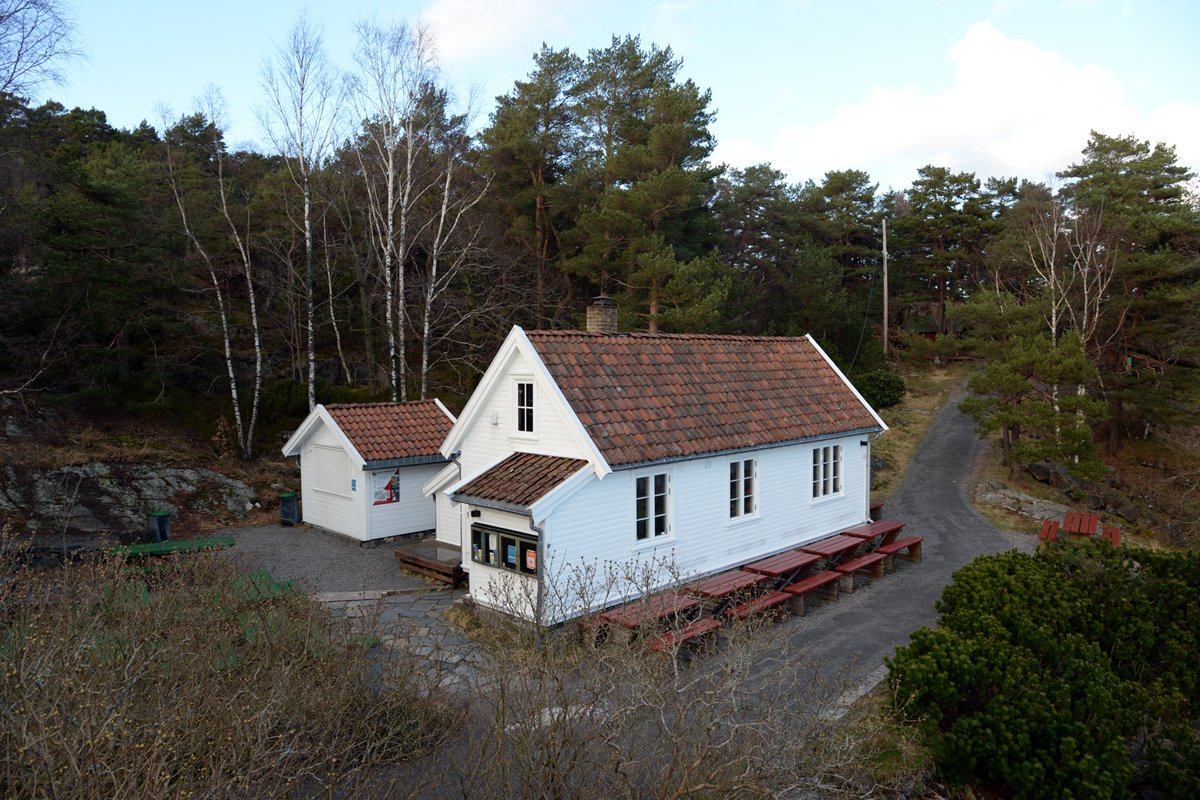
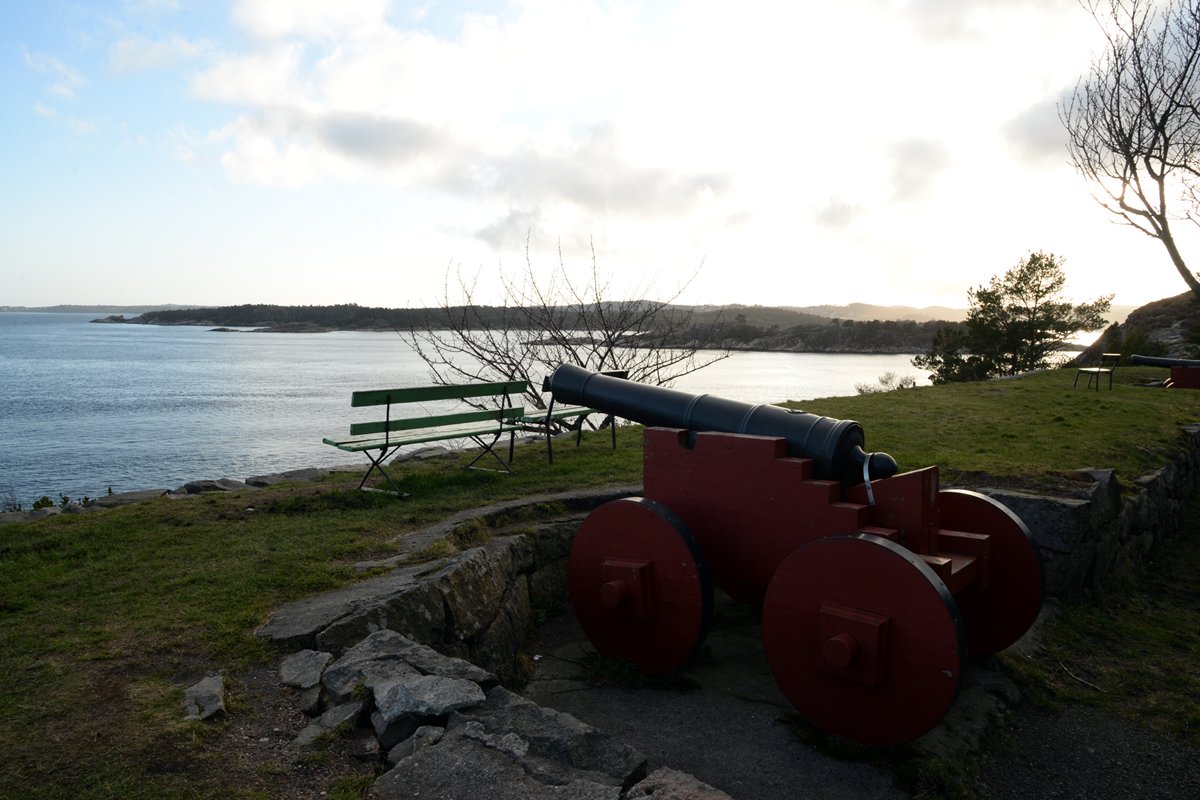
At the southernmost tip of the island you will find some of the old cannons from around 1690s. In the house that was once inhabited by the manager there is a cafe on Sundays. My favourite place to have a rest is here by the cannons. The view of the fjord is magnificent. It's easy to imagine why the fortress was established here.
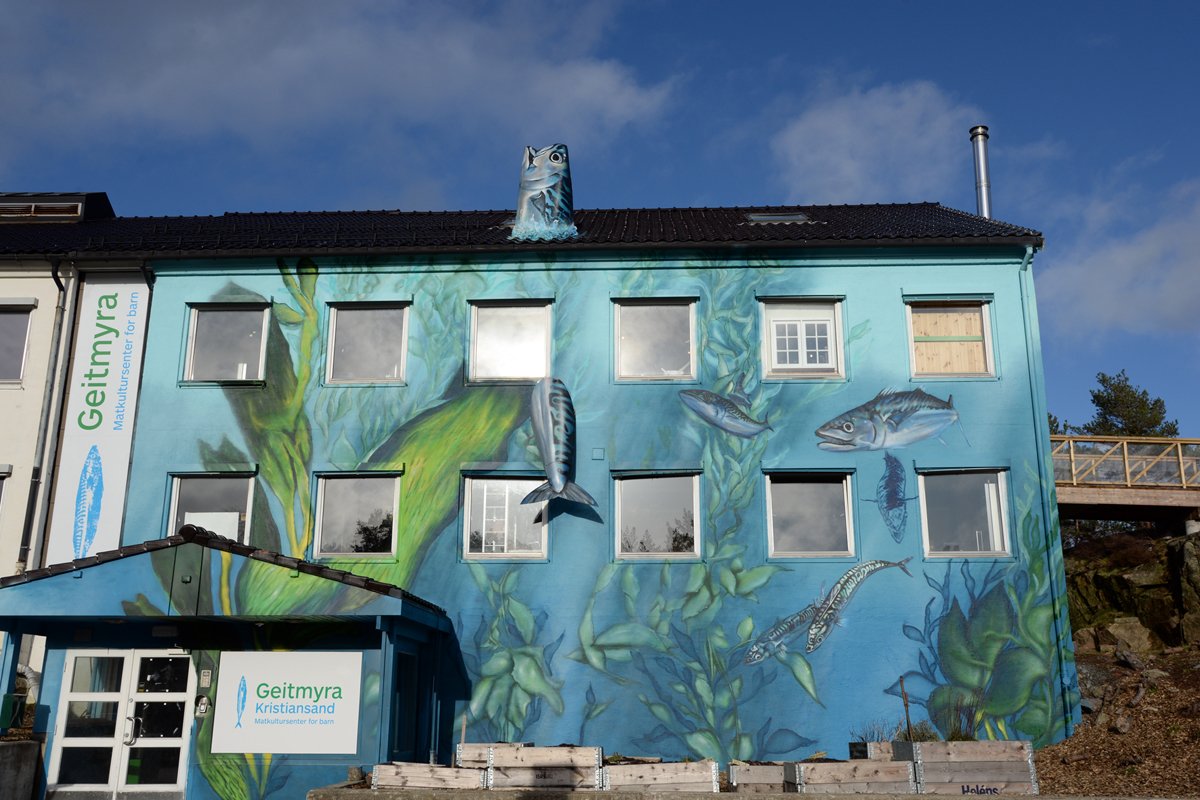
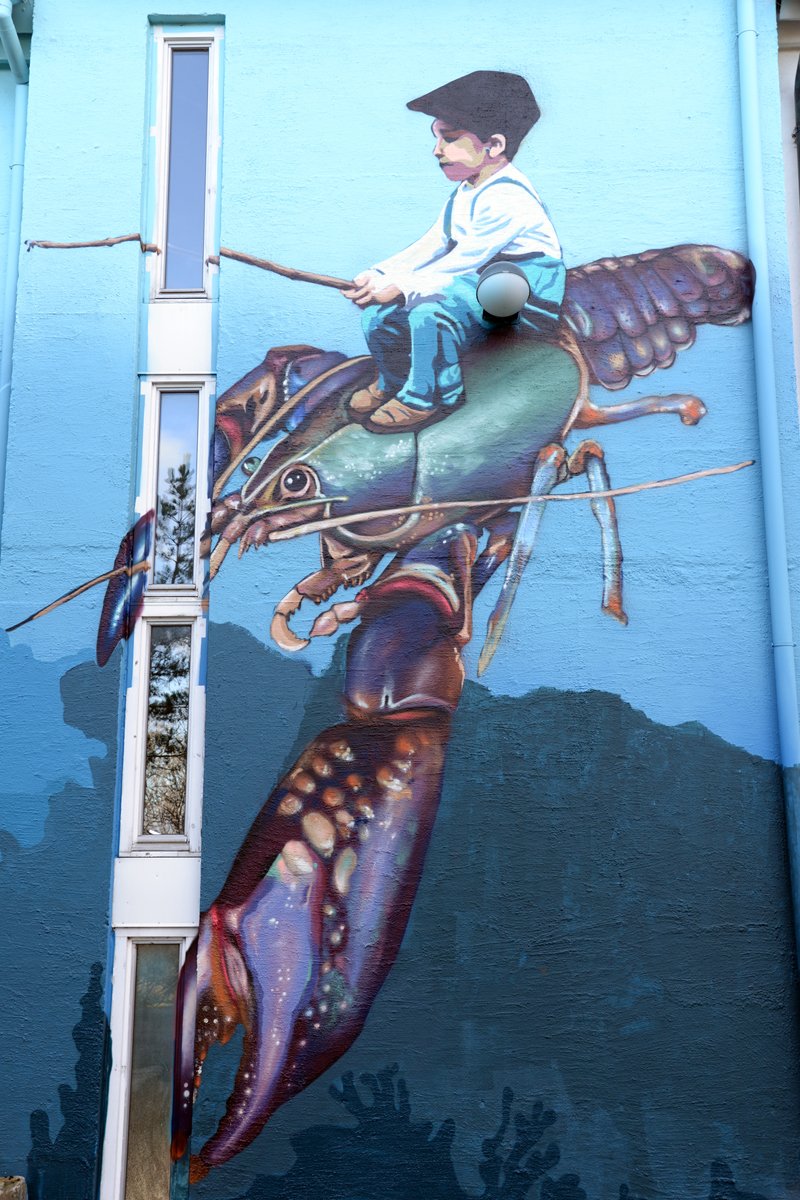

Odderøya is establishing itself as a regional cultural center. After the military moved out, artists, galleries and filmmakers moved into the old barracks. The graphic printing company produces contemporary art and still uses the printing press imported from Paris and previously used by Pablo Picasso and Edvard Munch among others.

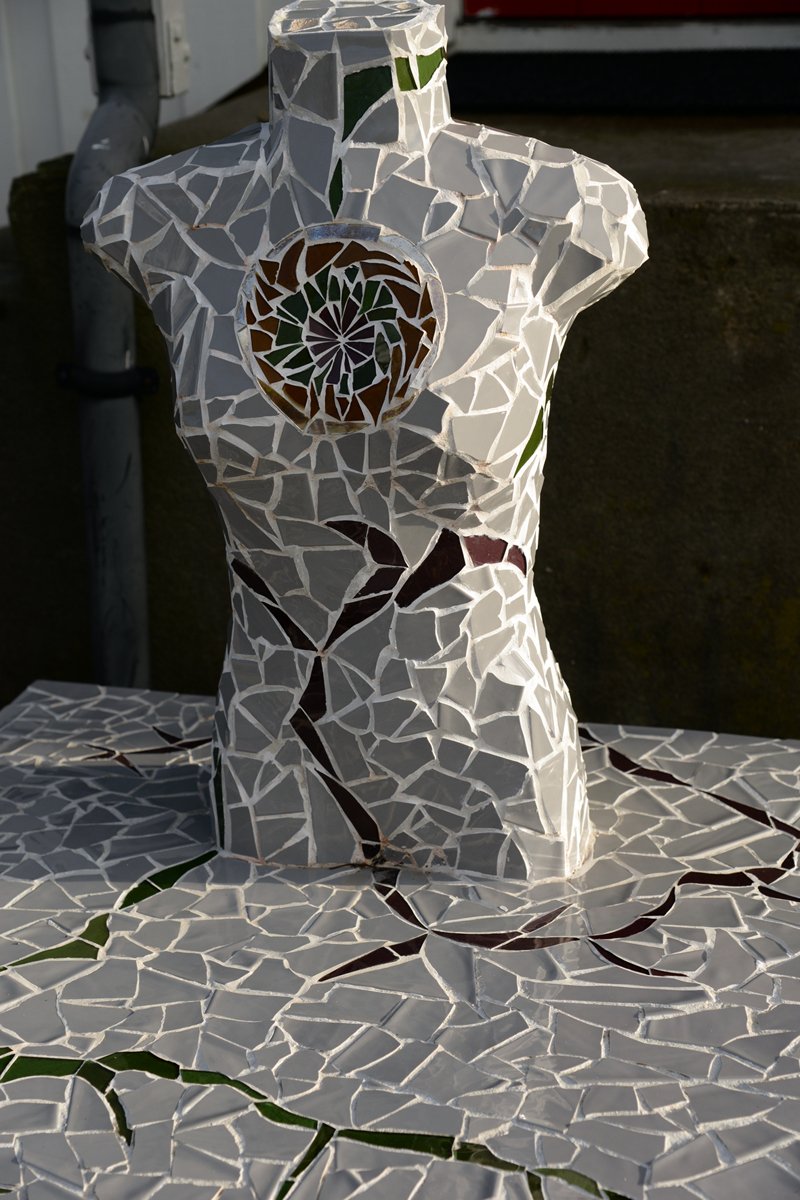
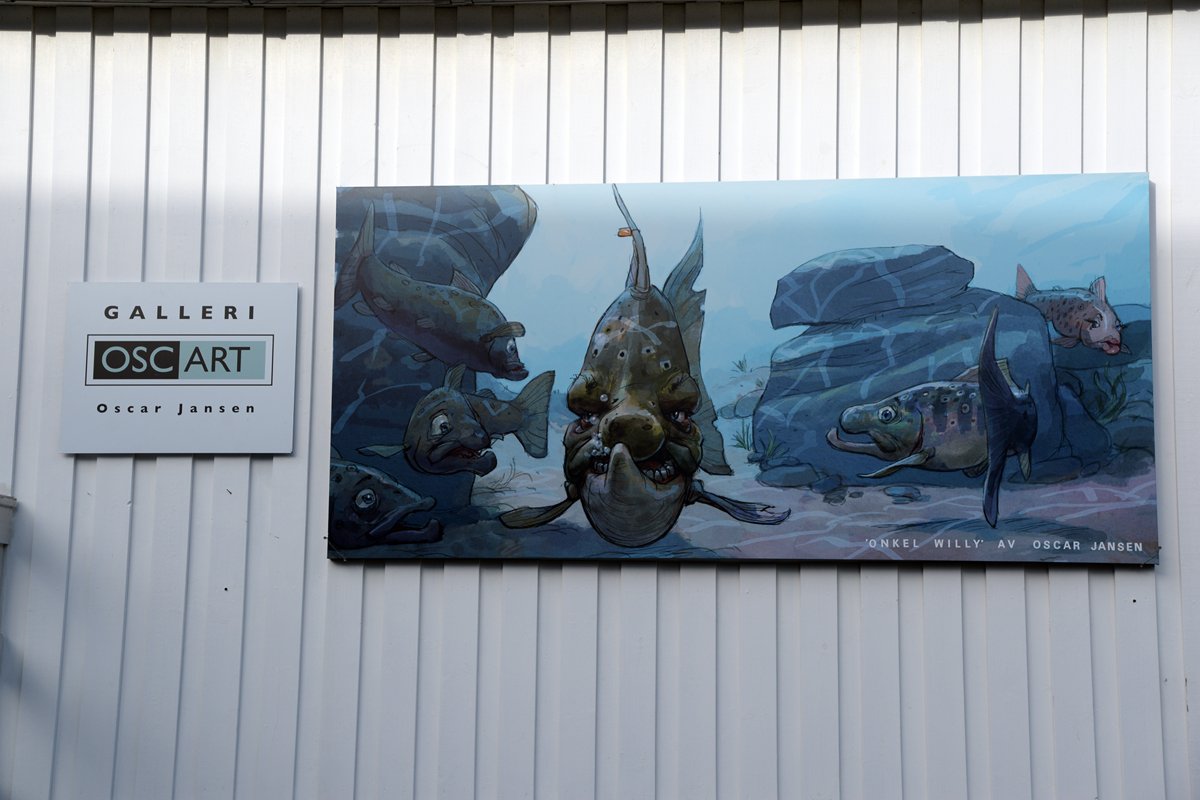
The music festivals, Quartfestivalen (from 1996) and Odderøya Live (from 2010) are held on Odderøya. Many bands and artists have played here, including David Bowie, Sting, Bryan Adams, John Fogerty, Black Eyed Peas, Coldplay etc. As you see, Odderøya has served many purposes during al these years.
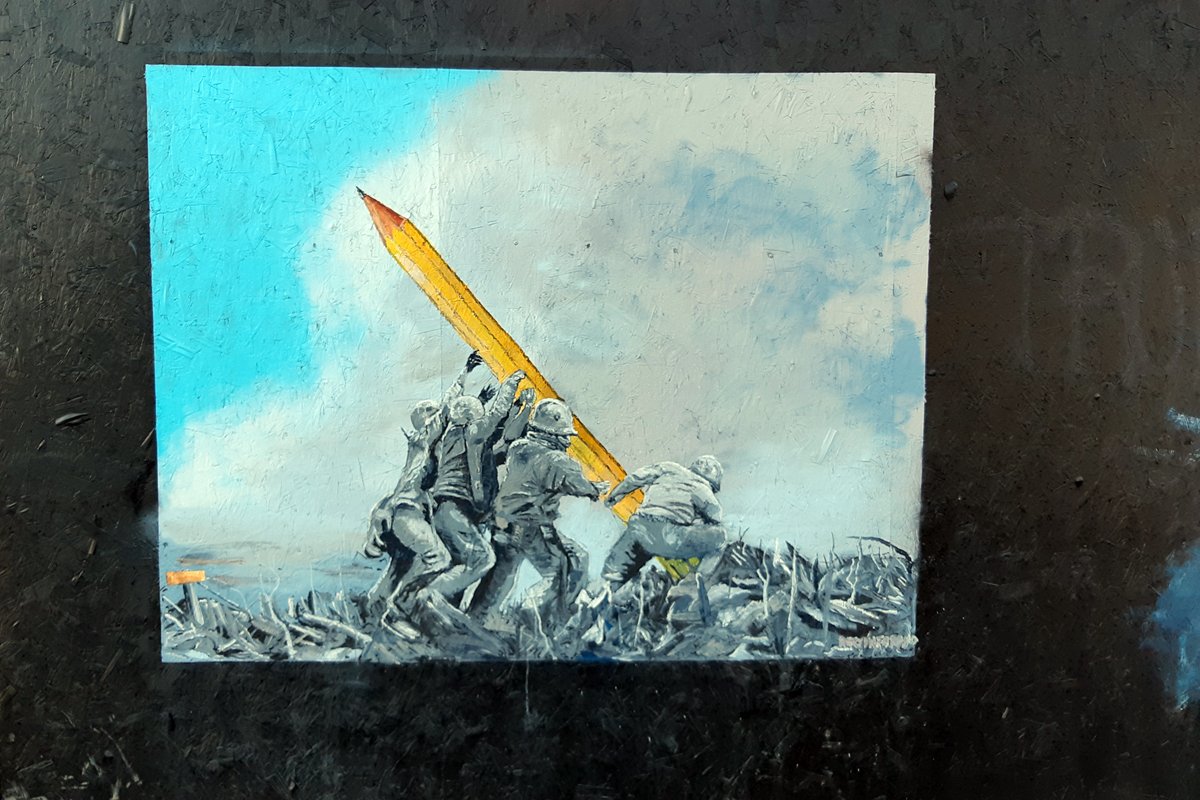
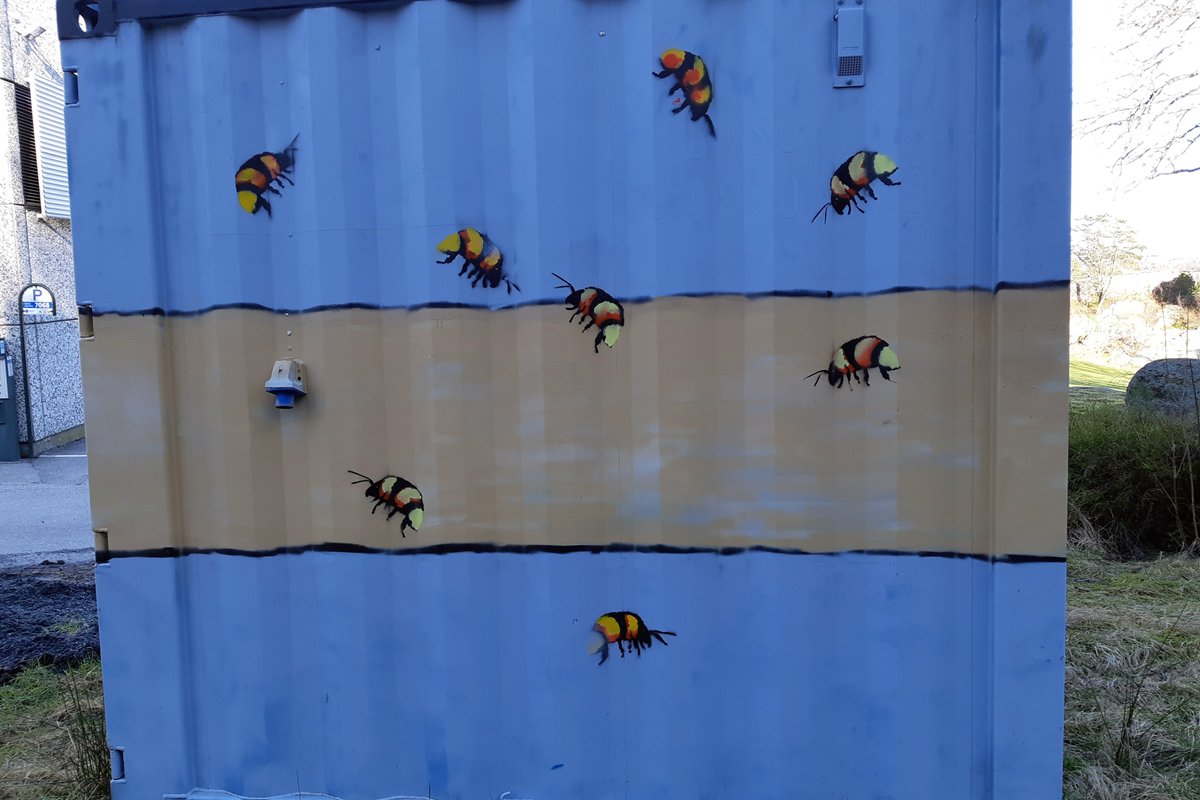
Please do follow if you want to keep up with my next travel story. Any upvotes or resteems are hugely appreciated!
Latest travel stories, check out :
Vietnam – To the top of a mountain without climbing it
U.J
Kristiansand, Norway
All the photoes are mine, Ulla Jensen (flickr, Instagram and facebook)
[//]:# (!steemitworldmap 58.135070 lat 8.004834 long Norway – A former military garrison becomes a center of art d3scr)Latest content: Travel, Art, Food, Article, Poetry


